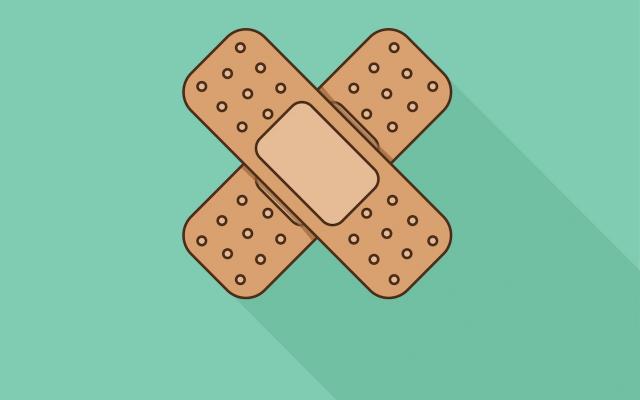In 1976 zette ik mijn eerste stappen in wat toen nog het specialisme ‘radiodiagnostiek’ heette. Ik had het geluk dat mijn opleider mij vroeg de echografie op zijn afdeling te helpen ontwikkelen. Het was de tijd van het statisch echobeeld, dat tot stand komt door het handmatig bewegen van een enkelvoudig geluidselement over het lichaam (figuur 1). Echogeleide puncties werden mogelijk door de komst van een speciale transducer (figuur 2). Pas enkele jaren later kwam de realtime-echografie beschikbaar, met de bewegende beelden zoals we die nu kennen. Met speciale punctie-transducers werd het toen voor het eerst mogelijk een naald onder direct zicht met grote nauwkeurigheid te volgen naar het doelgebied. Met de seldinger-techniek kon de naald uitgewisseld worden voor een katheter en ontstond de mogelijkheid van drainage.1 Diagnostiek en behandeling van niet-vasculaire afwijkingen kwamen op dat moment samen, een nieuwe stap voor de radioloog. We hebben het nu over…
Radiologie: van diagnostiek naar interventie

This article represents the author’s personal view and experience on the gradual shift from diagnostic to interventional radiology during the past 30 years. The first interventional procedures almost exclusively concerned vascular medicine. Progress in cross-sectional imaging with ultrasound, CT and MRI opened opportunities for further applications such as abdominal and musculoskeletal interventional procedures. Interventional radiology takes place in a grey area between specialties. Interspecialty turf battles can be the result, often at the expense of the interests of the patient. Training programmes have been devised that can be followed by professionals from different specialties, and it may be expected that physicians other than radiologists could perform radiological interventions, at least in part. This development should stimulate close cooperation between specialties, rather than the exclusive claiming of certain procedures. The progress of interventional radiology has benefitted from the multidisciplinary approach to clinical problems; this multidisciplinary approach should also be the basis for future developments in minimally invasive image-guided interventional procedures.
Conflict of interest: none declared. Financial support: none declared.



Reacties